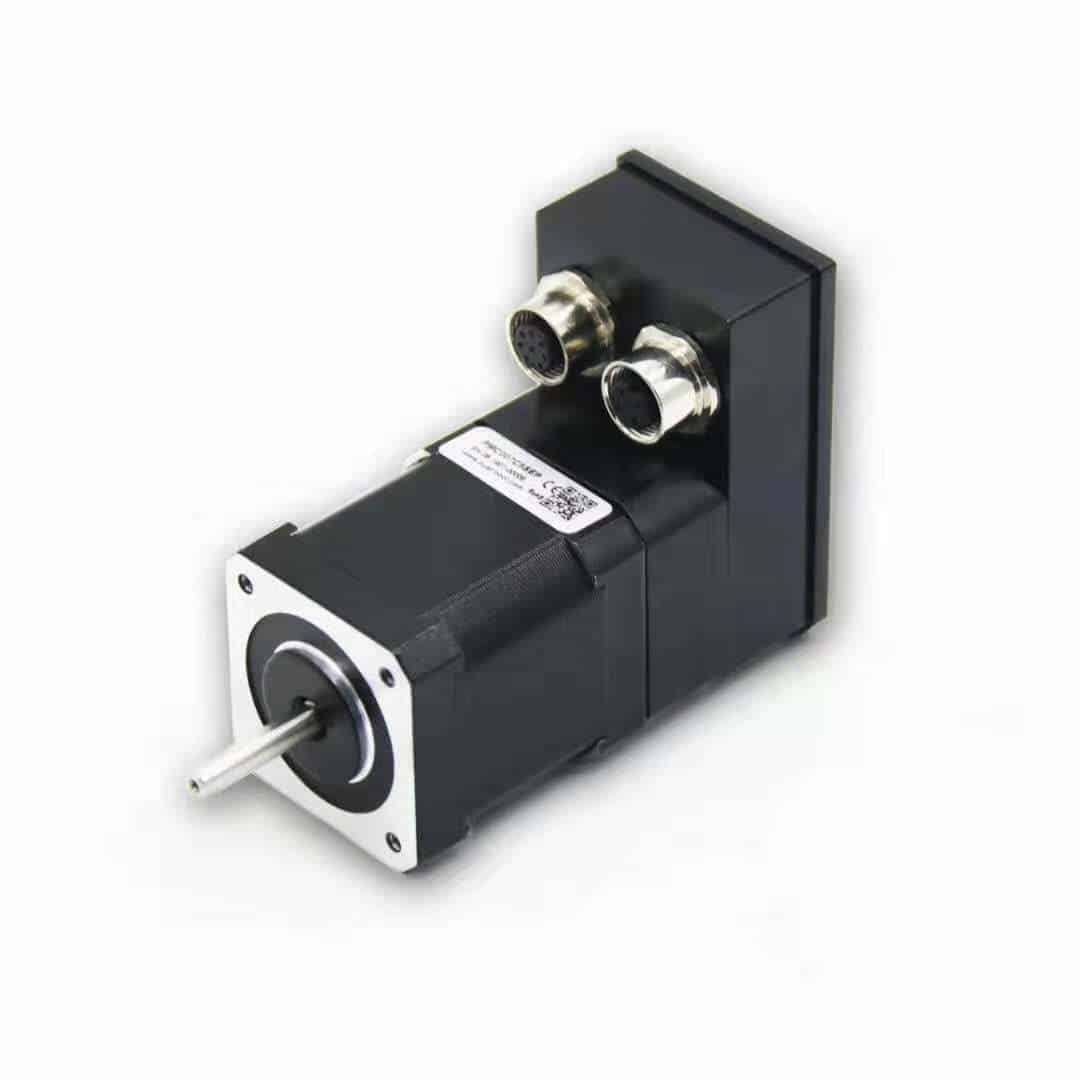- Welcome to Pulse Robot
- +86-23-63207381
- +8613677602178
- sales@pusirobot.com
Analyze the feedback principle of encoder
Rotary and linear position sensors in industrial automation have many paths to follow in machine automation, and resolvers or encoders are usually the equipment of choice. Of course, the device must work in the expected environment and be connected to the controller, but some basic choices of parsers and encoders revolve around response time, resolution and accuracy, all of which are driven by the application.
Absolute encoders may win the technical competition and provide higher resolution solutions, but the parser has many overlapping applications, and its design makes it a more powerful choice.
Most typical linear or rotary feedback applications can be used, but sometimes you only need a discrete sensor. When it comes to sensors and feedback devices, they must deal with the environment in which they are installed. Sensors need to be strong enough, most of them are, but encoders are often fragile and not sealed. Obviously, due to the plastic housing, ribbon cable connection and open design, some are for embedding and protecting the motor end caps or enclosed kiosks. A sealed metal shell with circular connectors is a better choice for factory floors.
Look at the need for motion feedback from the point of view of stepper motor control. The amount of feedback required depends on the application. If the application requires more than using sensors to detect position, use a feedback device to close the motor speed or position control loop.
The single-turn resolver is used as an absolute measuring device. Its design provides a unique sine/cosine voltage at every angle from 0° to 360°. This is why they are used for motor commutation. For higher resolutions, multi-round parsers are used, but the pardoning ability to locate is lost.
The fact that a parser is basically a transformer, an analog device, highlights why it is so powerful. There are no onboard electronics or sensitive discs found in the encoder. If the application has a high overall temperature, vibration or shock load, the resolver may be able to handle it and the encoder may fail. Think about steel mills, motor commutation, and military applications.
The design of the parser also highlights why it is not suitable for all applications. It requires a low AC voltage to excite the primary winding in the range of 400 to 10 kHz, an analog to digital converter and a filter. Simply put, some resolvers are a bit slow to react to dynamic changes for many reasons, so be careful when using them to close high-speed positioning control loops.

